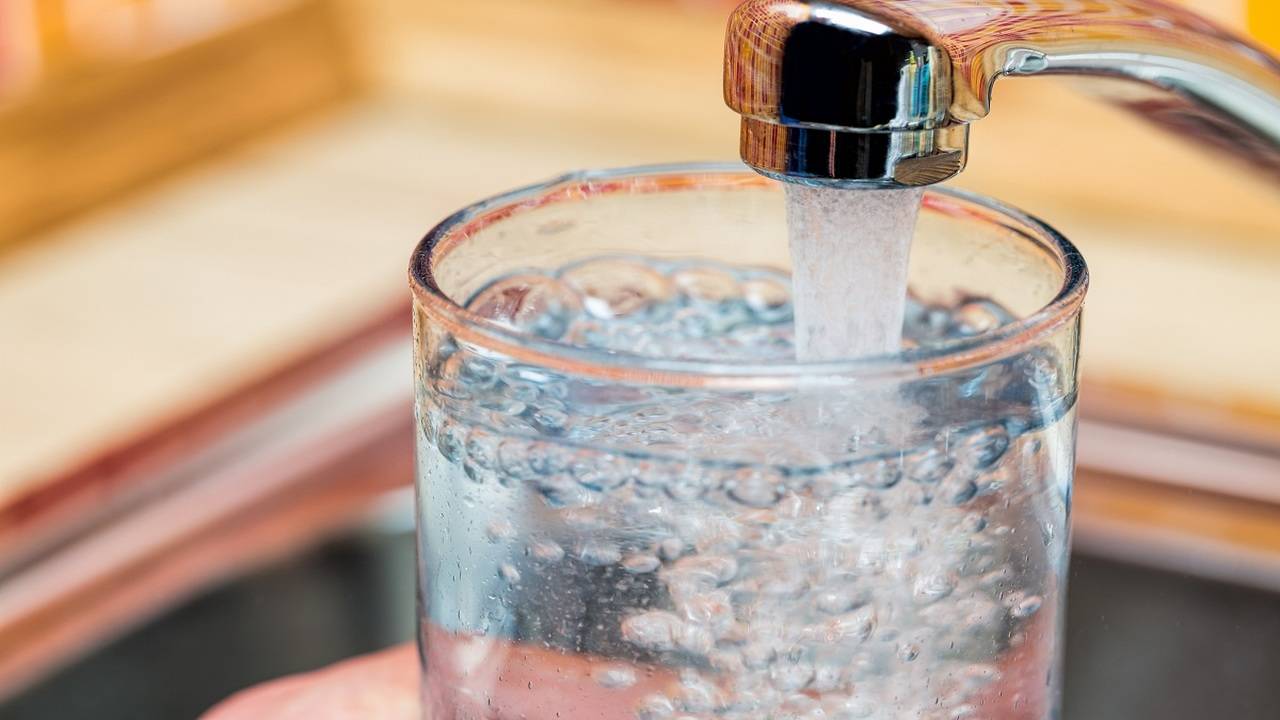NEW DELHI: Nine years ago, on July 28, 2010, the United Nations General Assembly explicitly recognised water and sanitation as ‘essential human right’ in its Resolution 64/292 .
Yet just 50 countries provide drinkable tap water, as per a travel advisory by the United States’ Center for Disease Control and Prevention (CDC), a government health agency. The UN has estimated that 2.1 billion people didn’t have access to safe drinking water in 2017.
Developed nations, essentially Europe, Canada, the US, Australia, New Zealand, Japan and South Korea, make the bulk who provide drinking water on tap. High-income countries included Israel, Saudi Arabia and United Arab Emirates. Middle-income countries in the list were Chile, Costa Rica and Palau.
Industrialised countries have strict drinking water laws. In the US, public water supply is regulated by the Safe Drinking Water Act. Other laws and amendments were added later to protect drinking water sources — rivers, lakes, reservoirs, springs, and wells (except private wells that serve fewer than 25 individuals).
In the United Kingdom, the Drinking Water Inspectorate, established in 1990, oversees public water supply. The agency has powers to take action if standards are not met by authorities.
In European Union countries, drinking water is regulated by the European Drinking Water Directive, which sets minimum quality standards for water intended for human consumption.
On March 28, 2019, the EU parliament voted in favour of an update of the rules to increase consumer confidence and encourage drinking of tap water. The new legislation aims to further improve tap water quality.
In Singapore, drinking water is regulated by the Environmental Public Health Regulations 2008, based on WHO guidelines.
The Australian Drinking Water Guidelines provide guidance to regulators and suppliers on water safety.
Yet just 50 countries provide drinkable tap water, as per a travel advisory by the United States’ Center for Disease Control and Prevention (CDC), a government health agency. The UN has estimated that 2.1 billion people didn’t have access to safe drinking water in 2017.
Developed nations, essentially Europe, Canada, the US, Australia, New Zealand, Japan and South Korea, make the bulk who provide drinking water on tap. High-income countries included Israel, Saudi Arabia and United Arab Emirates. Middle-income countries in the list were Chile, Costa Rica and Palau.
Industrialised countries have strict drinking water laws. In the US, public water supply is regulated by the Safe Drinking Water Act. Other laws and amendments were added later to protect drinking water sources — rivers, lakes, reservoirs, springs, and wells (except private wells that serve fewer than 25 individuals).
In the United Kingdom, the Drinking Water Inspectorate, established in 1990, oversees public water supply. The agency has powers to take action if standards are not met by authorities.
In European Union countries, drinking water is regulated by the European Drinking Water Directive, which sets minimum quality standards for water intended for human consumption.
On March 28, 2019, the EU parliament voted in favour of an update of the rules to increase consumer confidence and encourage drinking of tap water. The new legislation aims to further improve tap water quality.
In Singapore, drinking water is regulated by the Environmental Public Health Regulations 2008, based on WHO guidelines.
The Australian Drinking Water Guidelines provide guidance to regulators and suppliers on water safety.

